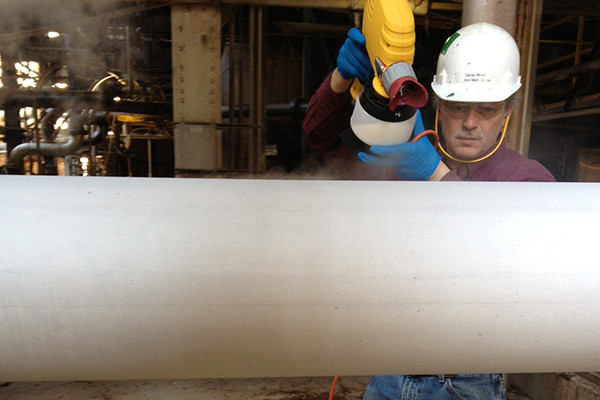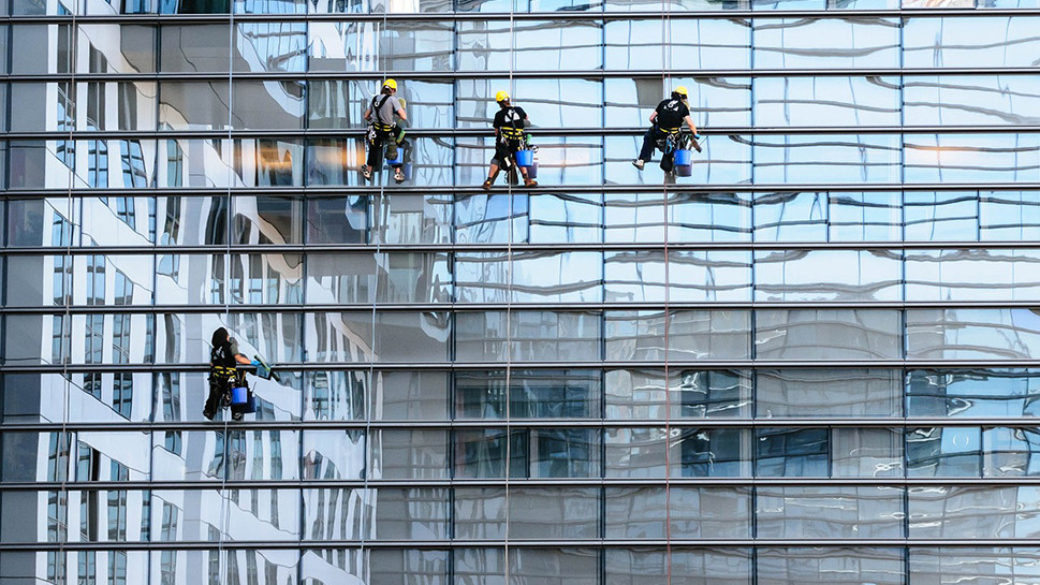When our patented thermal insulation coatings first came on the market in early 2004, they disrupted conventional thinking about how to insulate. No longer did facilities have to suffer from corrosion under insulation (CUI) or use insulation that harbored dirt, dust, and mold.
Thermal insulation coatings offer a whole new way to insulate in a thin film layer and also have multiple other benefits, such as corrosion prevention, mold/mildew resistance, UV resistance, and more.
But with any new technology there can be certain misconceptions from those that aren’t familiar with it. So we thought we’d address a few that we hear from time to time.
Misconception 1: Insulation Has to Be Thick and Have an R-value
The whole reason for insulation is to reduce heat transfer. If you have a steam pipe, you insulate it to reduce heat loss from the pipe, thus saving energy. You also might insulate it to reduce the temperature so it won’t burn people.
For buildings, insulation is used to reduce heat gain in the summer and heat loss in the winter.
But nowhere do the laws of thermal dynamics state that you have to have a thick material to reduce heat transfer.
Syneffex™ coatings don’t have an R-value because that measurement was made for fibrous insulations (created by fiberglass insulation manufacturers) and doesn’t properly measure the thermal resistance of thin film thermal insulation coatings. So we’ve used other insulation standards that are designed for any type of thermal barrier. Our coatings have been tested by multiple independent laboratories and have demonstrated a decrease in heat transfer of 34.8% at a 3 coat application. (see more testing data here)
Our unique and patented technology is able to significantly reduce heat transfer in a thin film coating layer. It’s been successfully used for everything from datacenter insulation in the heat of Mexico’s summers to metal building insulation in the frigid cold of Fairbanks, Alaska!
Misconception 2: Insulation Just Doesn’t Last Very Long
While a short lifespan is often the case with fiberglass, mineral wool, and other older insulation technologies, you don’t have to resign yourself to a short insulation lifespan when you use Syneffex™ thermal insulation coatings.
Because our coatings are highly moisture repellent and resistant to infiltration by dust, dirt, mold, and other contaminants, they have a long lifespan (5-20 years or more, depending upon application) and, just as importantly, they maintain their insulating performance throughout their lifespan.
We have 3rd party salt spray testing performed to a British Petroleum test standard that had our coating hit with artificial sea water during a 100 day test. And you know what? Our coating didn’t flinch! The thermal performance remained intact while it was being drenched with water!

Misconception 3: Insulation Coatings are Hard to Apply
Some people unfamiliar with thermal insulation coatings may jump to the conclusion that they’ll be harder to apply than fiberglass/rockwool and cladding. But the opposite is true.
Our coatings don’t need any exterior covering, so no struggling with aluminum sheeting and trying to screw it on to fit pipes, valves, and elbows.
Syneffex™ coatings can be applied while equipment is in operation and surface temperature is as high as 400F. They’re also easily sprayed over all exterior surfaces. No special equipment is needed, just a standard paint sprayer or texture sprayer (for EPX-H2O). It’s very easy for maintenance crews to apply themselves, and we give free online training!
Looking for a Better Way to Insulate?
Whether you’re insulating equipment or building areas, thermal insulation coatings can save you time, money, and give you a much longer return on your investment.
Contact us at 800-858-3176 or request a specification online today.




